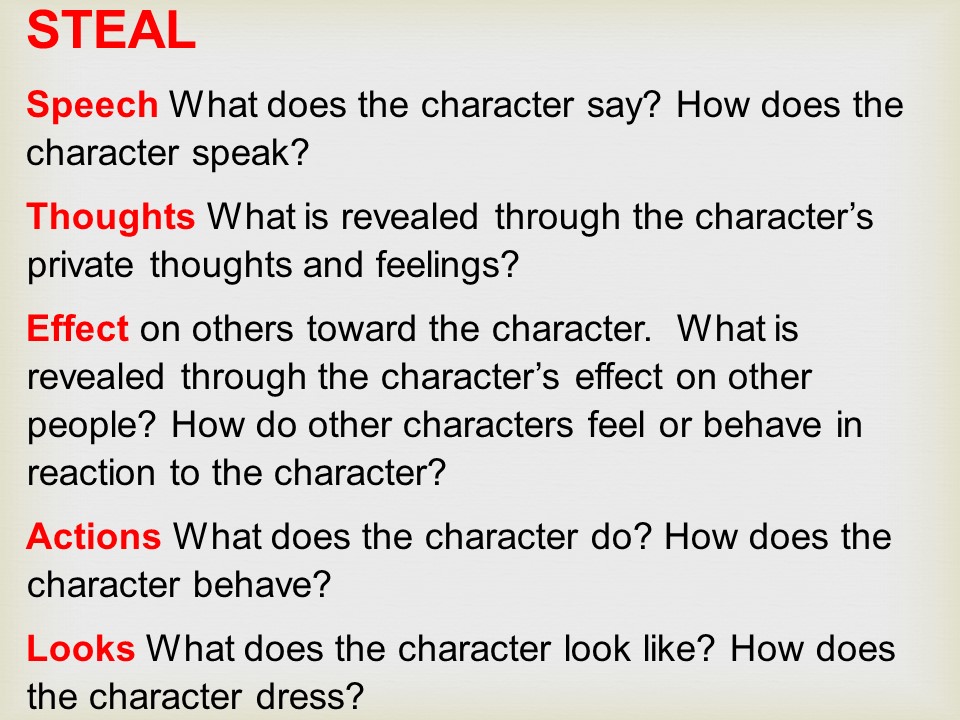Personal and Cultural Identity
Personal Identity
|
Learning Target(s):
|
Personal identity is the concept you develop about yourself that evolves over the course of your life. This may include aspects of your life that you have no control over, such as where you grew up or the color of your skin, as well as choices you make in life, such as how you spend your time and what you believe. You demonstrate portions of your personal identity outwardly through what you wear and how you interact with other people. You may also keep some elements of your personal identity to yourself, even when these parts of yourself are very important.
Have you ever struggled with the question, 'Who am I?' or thought about who you might become in the future? These questions have been thought about and discussed throughout history, in particular by philosophers who have immersed themselves in the search for knowledge about the nature of being human. Such questions as, 'What does it mean to be a person?' and 'Do I matter?' have engaged key thinkers and created conversations that we still grapple with in our society. Most people feel they want to endure in some way, both in their lives and beyond death. The philosophy of personal identity aims to address these matters of existence and how we even know we exist through time.
Source: https://study.com/academy/lesson/what-is-personal-identity-definition-philosophy-development.html
Internal and external identity
Your internal identity refers to your ideal image of who you are and who you want to be. It's also the identity you want to portray to the outer world. This identity comes about as you journey through life and use your past experiences and their emotional facets as guideposts for evaluating yourself, and therefore constructing your internal identity.
Compare this to external identity. External identity refers to how other individuals interpret who you are and what your public image is as a consequence of what you do, say, and how you look. Your external identity comes about as others talk about you, judge you, and treat you.
As such, in literature, memorable characters are ones that we as readers can relate to. The more we know about their background, their personality traits and their looks, the better we can identify and understand their journey.
- Direct Characterization tells the audience what the personality of the character is. For example: “The patient boy and quiet girl were both well-mannered and did not disobey their mother.” The author is directly telling the audience the personality of these two children. The boy is “patient” and the girl is “quiet.”
- Indirect Characterization shows things that reveal the personality of a character. There are five different methods of indirect characterization summarized by the acronym STEAL.
